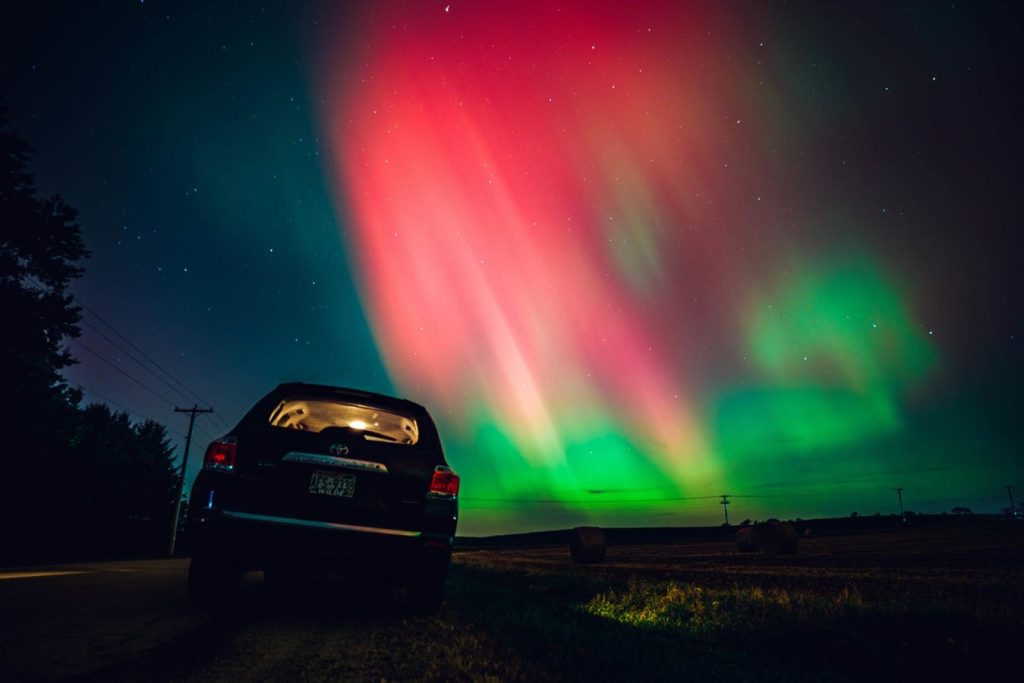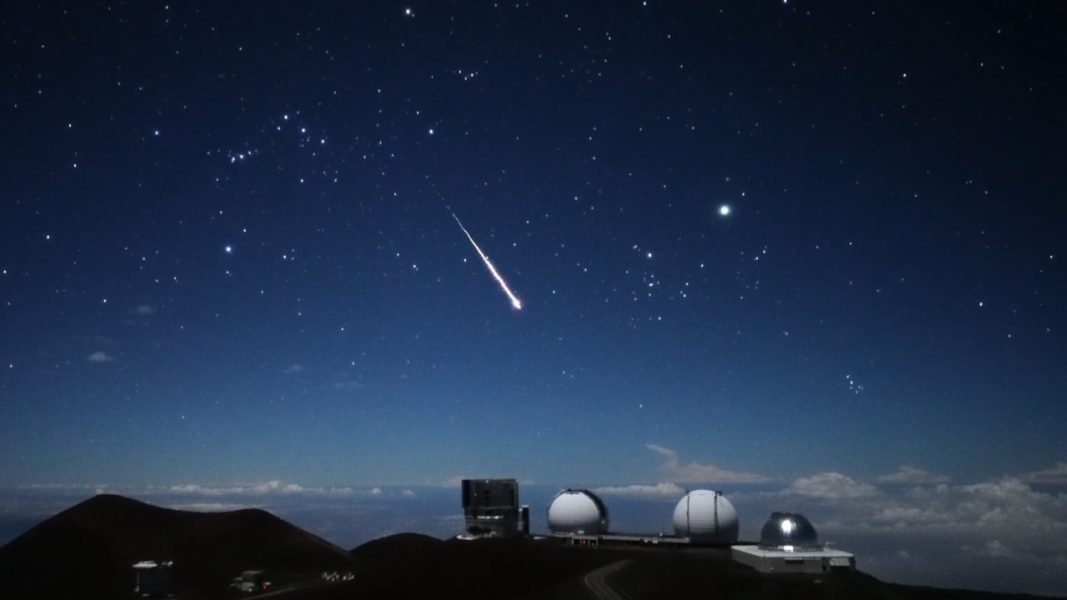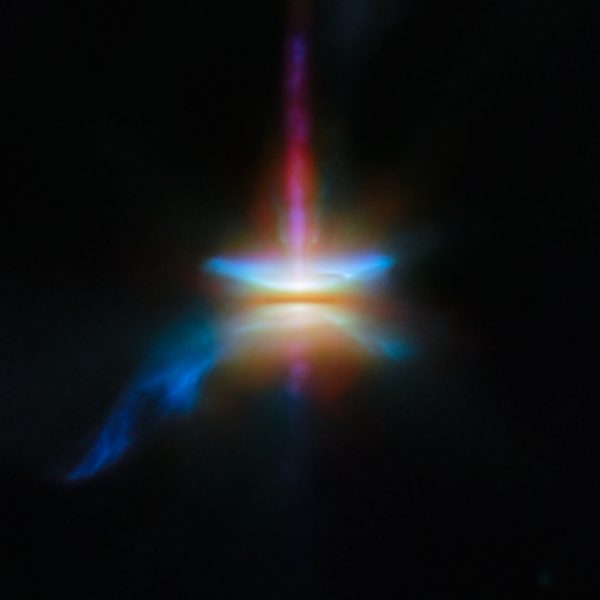Northern Lights Forecast: These 10 Northern U.S. States May See Aurora Borealis Tonight – Forbes

Several states across the northern U.S. have an opportunity to see aurora borealis on Monday, while some radio blackouts are expected after a recent solar flare, according to the National Oceanic and Atmospheric Administration.Some radio blackouts are also expected after a recent solar flare, forecasters said.NOAA forecast a Kp index of four on a scale of nine, indicating the northern lights will be brighter and be “quite pleasing to look at” for those in the right areas.The Kp index may decrease throughout the day, however, though NOAA said there’s an 85% chance for some radio blackouts through Wednesday, potentially affecting high-frequency radios and low-frequency navigation signals, according to the agency’s three-day forecast.The blackouts are the result of recent solar flares—eruptions of energy from the sun’s surface—on Jan. 31 and Feb. 2.Alaska and northern Canada will have the highest likelihood of seeing the northern lights, as a view line—marking a minimal chance to see the lights—dropping below the Canadian border. Northeastern Washington, northern Idaho, northern Montana, North Dakota, Upper Michigan and northern Minnesota have a low chance, while parts of northern South Dakota, Wisconsin, northern Michigan and northern Maine have a lower likelihood. (See view line below.)Monday night’s view line.The northern lights are best seen between 10 p.m. and 2 a.m. local time while at a high vantage point away from light pollution, according to NOAA. The agency said the phenomenon can be seen as far as 620 miles away if conditions are optimal.If using a regular camera, National Geographic recommends using a wide-angle lens, high ISO value and focus set to the farthest possible setting. If using a smartphone, NOAA recommends turning on night mode, as a phone’s camera can capture aurora borealis even if the event isn’t visible to the naked eye.The strongest northern lights displays in the last 500 years occurred in May 2024, according to NASA, after what the agency called the strongest geomagnetic storm to reach Earth in two decades. That event pulled the northern lights as far south as Texas and northern Florida, before another similar event in October. Solar weather events like solar flares or coronal mass ejections—bubbles of plasma that burst from the sun’s surface—are responsible for aurora borealis. The electrons from these events interact with atoms and molecules of nitrogen and oxygen in the Earth’s atmosphere, causing them to become “excited” and release light particles. NASA measures activity on the sun’s surface over 11-year periods, during which activity achieves a “solar maximum” and “solar minimum.” The agency said a “solar maximum” was reached in October, and will likely continue into early 2026.One Community. Many Voices. Create a free account to share your thoughts. Our community is about connecting people through open and thoughtful conversations. We want our readers to share their views and exchange ideas and facts in a safe space.In order to do so, please follow the posting rules in our site’s Terms of Service. We’ve summarized some of those key rules below. Simply put, keep it civil.Your post will be rejected if we notice that it seems to contain:User accounts will be blocked if we notice or believe that users are engaged in:So, how can you be a power user?Thanks for reading our community guidelines. Please read the full list of posting rules found in our site’s Terms of Service.






